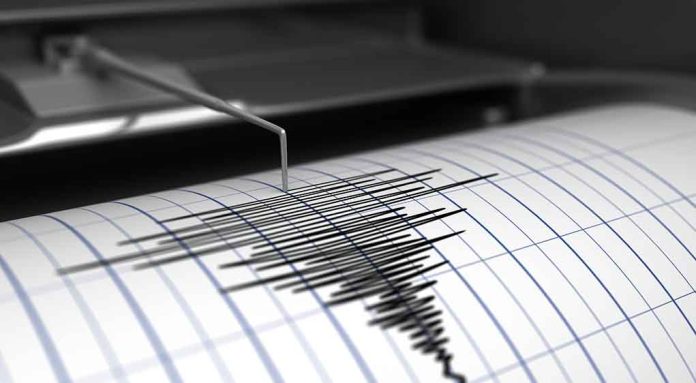
Matt Towery’s warning to Democrats on Fox News reveals a seismic shift in battleground states that could spell disaster for Kamala Harris in 2024.
At a Glance
- Upcoming polls show increased favorability for Trump in swing states
- Harris’s slight national lead may not translate to Electoral College victory
- Demographic shifts in Republican areas could impact election results
- Trump leads in crucial Sun Belt states, including Arizona and Georgia
- Latino voters in Arizona showing significant shift away from Harris
Trump’s Resurgence in Battleground States
In a startling revelation on Fox News’ “The Ingraham Angle,” seasoned polling analyst Matt Towery has sounded the alarm for Democrats, highlighting a significant uptick in support for former President Donald Trump in key battleground states. This shift in voter sentiment presents a formidable challenge for Vice President Kamala Harris’s campaign, particularly in states that have traditionally leaned Democratic.
While national polls may show Harris with a slight edge, the reality on the ground in crucial swing states tells a different story. Recent data indicates that Trump is gaining momentum in states like Michigan, Pennsylvania, and Nevada – areas that could decide the outcome of the 2024 presidential election.
The Sun Belt Shift
Perhaps most concerning for the Harris campaign is the significant shift occurring in the Sun Belt states. According to recent polls, voters in these regions believe that Donald Trump improved their lives during his presidency and harbor serious concerns about a potential Kamala Harris administration.
“Voters across the Sun Belt say that Donald J. Trump improved their lives when he was president — and worry that a Kamala Harris White House would not — setting the stage for an extraordinarily competitive contest in three key states, according to the latest polls from The New York Times and Siena College.
The polls found that Mr. Trump has gained a lead in Arizona and remains ahead in Georgia, two states that he lost to President Biden in 2020. But in North Carolina, which has not voted for a Democrat since 2008, Ms. Harris trails Mr. Trump by just a narrow margin.
The polls of these three states, taken from Sept. 17 to 21, presented further evidence that in a sharply divided nation, the presidential contest is shaping up to be one of the tightest in history.
This shift is particularly pronounced in Arizona, where Latino voters – a demographic traditionally supportive of Democrats – are showing signs of moving away from Harris. With 10% of Latino voters now undecided, this could be a game-changer in a state that Biden narrowly won in 2020.
The Electoral College Conundrum
While national polls might suggest a slight lead for Harris, the intricacies of the Electoral College system paint a more complex picture. The race remains incredibly tight in several key states, with margins often within the polling error range.
“The close distribution of support between the two major party candidates suggests that Georgia and North Carolina remain highly competitive,” said Kevin Wagner, Ph.D., professor of political science and co-director of the PolCom Lab. “Among likely voters, the undecided population, though small, could still play a crucial role in determining the outcome, particularly in a tight race such as this one.”
This razor-thin margin in crucial swing states means that every vote will count. It also underscores the importance of campaign strategy and voter turnout efforts in these battleground areas.
The Media Factor
In this highly charged political climate, the role of the media in shaping voter opinions cannot be overstated. The divide in how voters consume news reflects the fractured nature of political media in America today.
“The divide in how voters get their news reveals just how fractured political media has become,” said Carol Bishop Mills, Ph.D., professor of communication and co-director of the PolCom Lab.
With cable news remaining the primary source of information for many likely voters, particularly those over 50, the battle for media narrative could prove crucial in swaying undecided voters.
Conclusion
As we approach the 2024 election, the political landscape is more unpredictable than ever. While Kamala Harris may hold a slim lead in national polls, the surge in support for Donald Trump in key battleground states presents a serious challenge to her campaign. The shifting dynamics in the Sun Belt, coupled with the complexities of the Electoral College system, suggest that this election could be one of the closest in American history.
For conservatives, these trends offer a glimmer of hope. The resurgence of support for Trump’s policies and leadership style in crucial swing states indicates that the American people are growing increasingly skeptical of the current administration’s agenda. As we move closer to election day, it will be crucial for conservative voters to remain engaged, informed, and ready to make their voices heard at the ballot box.






















